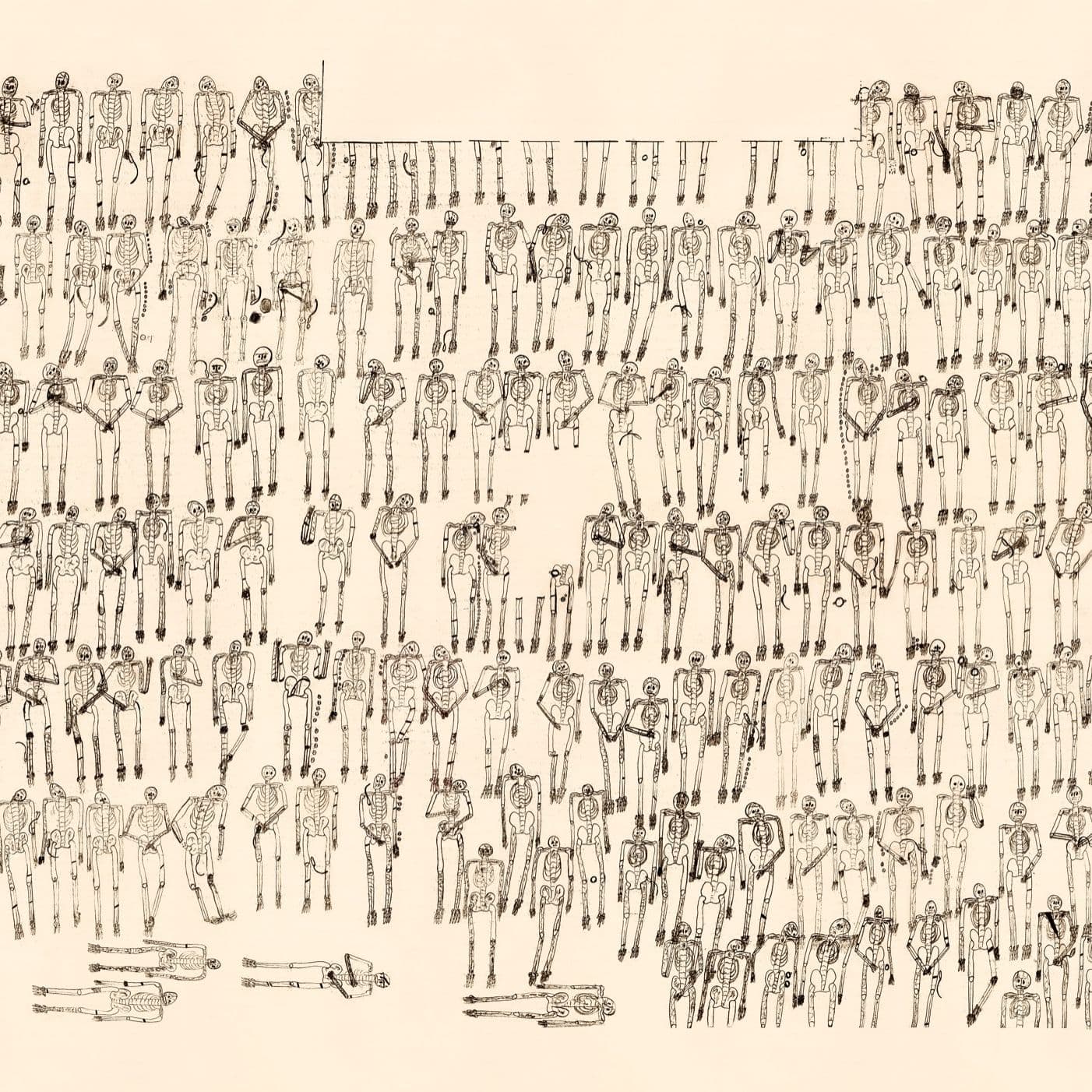Discovery of 254 Theban Sacred Band Warriors Confirms Ancient Accounts of Valorous Last Stand

Chaeronea, Greece – The discovery of 254 skeletons in a mass grave at Chaeronea, believed to be the elite Sacred Band of Thebes, has provided tangible evidence supporting ancient historical accounts of their heroic final stand. The remains, unearthed in a quadrangular enclosure beneath the iconic Lion of Chaeronea monument, offer a poignant glimpse into the 4th century BC Battle of Chaeronea, where the unit was annihilated by the forces of Philip II of Macedon and his son, Alexander the Great.
The New Yorker highlighted the discovery, stating, "The skeletons of 254 warriors from the fearsome Sacred Band of Thebes were discovered in a mass grave in Chaeronea. A number were buried with arms linked; if you look closely, you can see that some were holding hands." This detail underscores the profound bonds within the unit, famously composed of 150 pairs of male lovers. Ancient sources, particularly Plutarch, describe the Sacred Band as an elite force whose members were bound by mutual affection, believed to inspire unparalleled courage in battle.
Formed around 378 BC, the Sacred Band was initially deployed by Gorgidas and later commanded by Pelopidas, achieving notable victories, most famously at the Battle of Leuctra in 371 BC, where they shattered Spartan military dominance. Their unique structure, where each pair consisted of an older "erastes" (lover) and a younger "eromenos" (beloved), was intended to foster a fighting spirit where no warrior would abandon his partner. This composition made them a formidable, almost invincible, force for decades.
Their ultimate defeat came at Chaeronea in 338 BC. Facing the disciplined Macedonian phalanx, the Sacred Band refused to retreat, fighting to the last man. Plutarch recounts Philip II's emotional reaction upon seeing the piled bodies, allegedly remarking, "Perish any man who suspects that these men either did or suffered anything unseemly." The discovery of the mass grave, with skeletons interred in organized rows and some seemingly linked, corroborates these historical narratives, reinforcing the legend of their unwavering loyalty and bravery.
The Lion of Chaeronea monument, erected over the burial site, has long commemorated the fallen Thebans. While some historical debates questioned the exact location of the Sacred Band's final resting place, the archaeological findings strongly align with the accounts of ancient historians like Pausanias and Strabo. The discovery not only brings to life a pivotal moment in ancient Greek history but also offers a powerful testament to the bonds that drove these legendary warriors.